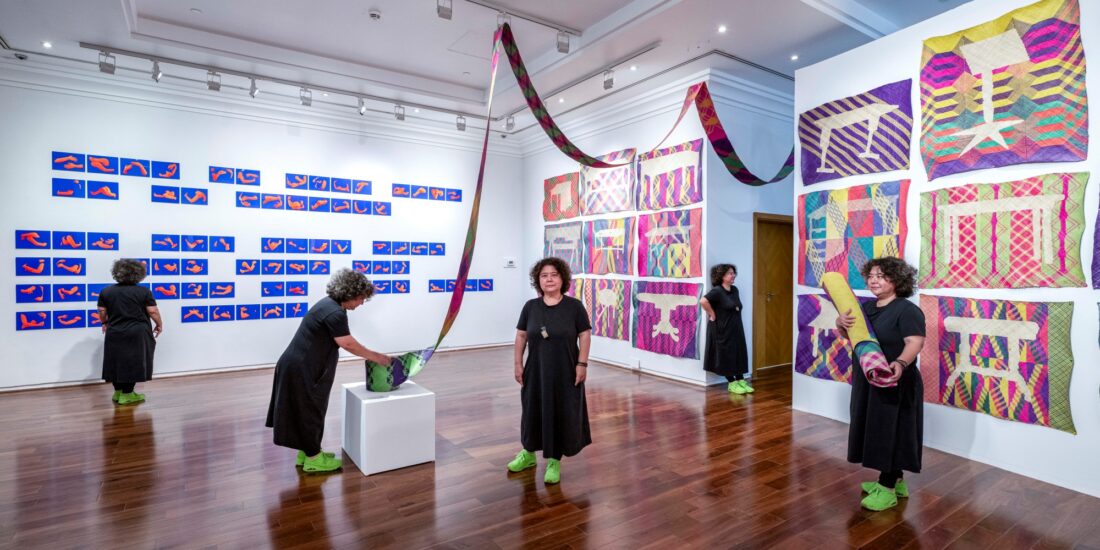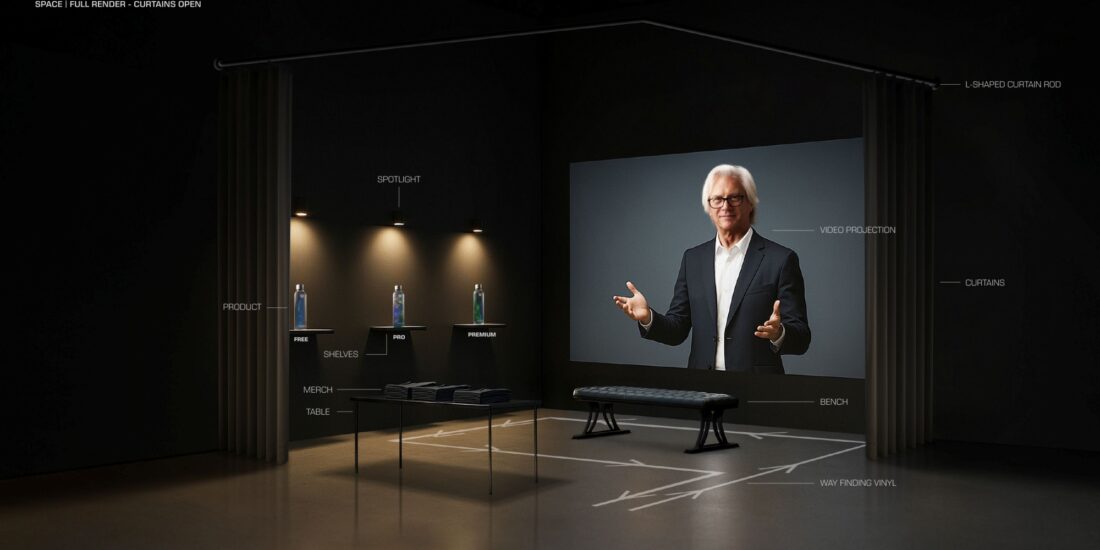HBK Symposium Opens New Frontiers for Islamic Art
Doha and VCUarts Qatar continues to strengthen its position as a global node for the study of Islamic art and visual culture, as the 11th Hamad bin Khalifa Symposium on Islamic Art (HBK Symposium) concluded at VCUarts Qatar, bringing three days of rigorous conversations, research presentations, and artistic reflection to the theme: Islam and Visual Culture in Contemporary Asia.
“Since its launch in 2004, the Symposium has become one of the world’s most significant platforms dedicated to advancing scholarship and elevating new voices in Islamic art,” said Amir Berbić, Dean of VCUarts Qatar, noting that this year’s edition showcases, “the role of art and design in fostering dialogue, research, and creative exchange across cultures. It brought participants in a shared space where new ways of seeing and interpreting visual heritage emerged — ones that link tradition to experimentation, and scholarship to creative practice.”
“Guests left seeing Islamic art through a new lens, and the conversations that began here will continue to evolve into dialogue that reminds us how creative research can bridge worlds and expand understanding,” he added.
 A highlight of the event was the keynote address by Malaysian interdisciplinary artist Yee I-Lann, titled “The Surface Remembers: Decolonial Groundwork from the Archipelago.”
A highlight of the event was the keynote address by Malaysian interdisciplinary artist Yee I-Lann, titled “The Surface Remembers: Decolonial Groundwork from the Archipelago.”
Yee’s keynote explored Southeast Asia’s layered histories and the role of collective making in resisting colonial narratives. Her accompanying exhibition, paths of the wind weave shadows bare bones of a mat, opened this week at The Gallery at VCUarts Qatar and remains on view to the public through December 6, 2025. The exhibition invites visitors to consider materiality, language, and power through community collaboration.
A Shift Toward Overlooked Geographies

Curating from Doha:Islamic Art for Contemporary Asia, Museum of Islamic Art Curatorial Conversation at the Symposium
While Islamic art scholarship has often centered the Middle East and North Africa, this edition turned its lens eastward, examining how Muslim communities across South, Southeast, and East Asia express Islamic identity through vernacular craft, contemporary art, textiles, architecture, photography, and community-based design.
Panels, artist talks, and research presentations explored questions such as: How do Muslim artists in Asia expand the definition of Islamic aesthetics: In what ways does lived faith shape material culture and visual communication?, What does a more accurate, more plural mapping of Islamic art history look like?
By pushing the field geographically and intellectually, the Symposium encouraged a rebalancing of narratives that have shaped museums, collections, and academic canons for decades.
Curatorial Groundwork Across Three Cities
 The Symposium was co-chaired by Dr. Hala Auji (VCUarts Richmond, Hamad bin Khalifa Endowed Chair for Islamic Art) and Dr. Radha Dalal (Associate Professor and Director of Art History, VCUarts Qatar). Their preparatory research took them through Hong Kong, Singapore, and Seoul, visiting museums and cultural institutions to shape a curatorial vision grounded in lived contexts and contemporary Asian Muslim experience.
The Symposium was co-chaired by Dr. Hala Auji (VCUarts Richmond, Hamad bin Khalifa Endowed Chair for Islamic Art) and Dr. Radha Dalal (Associate Professor and Director of Art History, VCUarts Qatar). Their preparatory research took them through Hong Kong, Singapore, and Seoul, visiting museums and cultural institutions to shape a curatorial vision grounded in lived contexts and contemporary Asian Muslim experience.
A Platform that Extends Beyond Academia
 Sponsored by VCU School of the Arts in Richmond, VCUarts Qatar, and Qatar Foundation, the Symposium reinforces Qatar’s investment in building spaces where art, scholarship, and public discourse converge, and where a new generation of researchers and practitioners can rethink the field.
Sponsored by VCU School of the Arts in Richmond, VCUarts Qatar, and Qatar Foundation, the Symposium reinforces Qatar’s investment in building spaces where art, scholarship, and public discourse converge, and where a new generation of researchers and practitioners can rethink the field.
Guests left with renewed perspectives on Islamic art as a living, adaptive, and globally entangled visual language—not a closed historical category. The conversations initiated here are expected to shape future research, exhibitions, and artist collaborations across the region and beyond.
In Doha, where contemporary culture and heritage actively reshape one another, the Symposium offered a vital reminder: the story of Islamic art is not complete without Asia.




